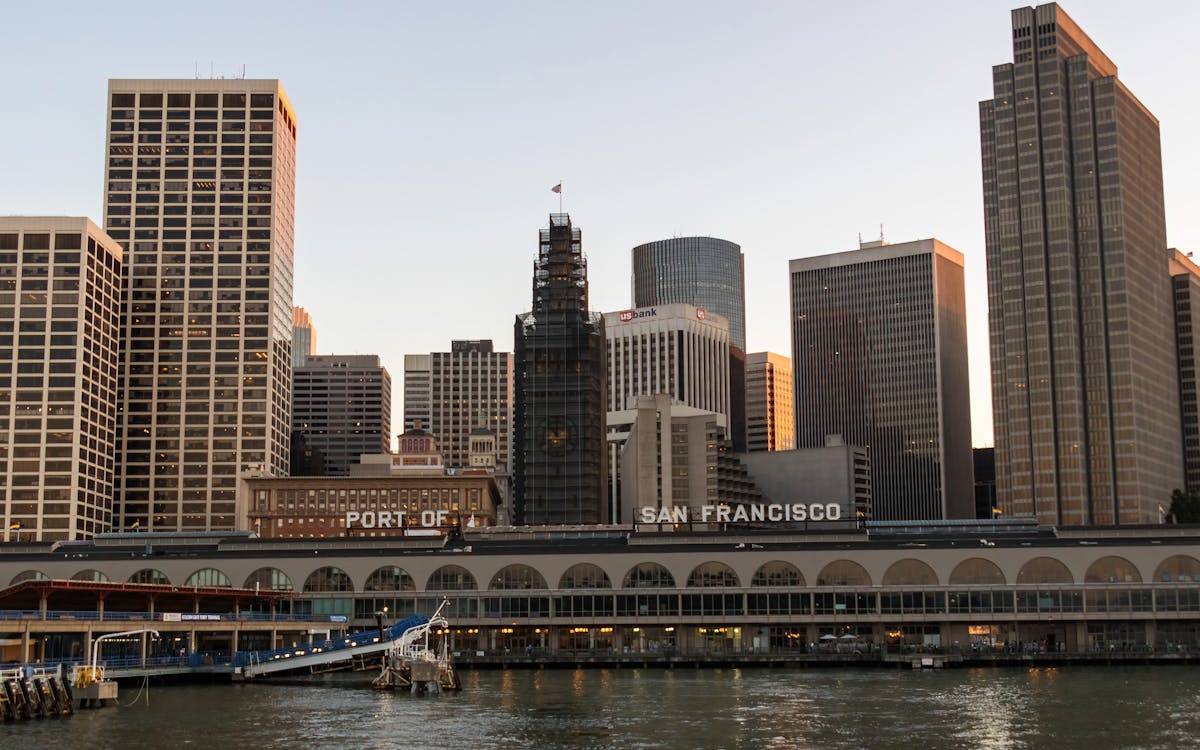United for Nature: Rebuilding the Bay Ecosystem
United for Nature: Rebuilding the Bay Ecosystem
Blog Article

Why Restoration Matters More Than Ever in the Bay Area
Over the last couple of years, the San Francisco Bay has actually weathered the influence of metropolitan growth, commercial advancement, and climate change. Once including wild animals and rich wetlands, a number of the bay's natural communities have been fragmented or degraded. Yet in the middle of these obstacles, something exceptional is occurring: local homeowners, volunteers, and grassroots efforts are leading a wave of environmental restoration that's bringing brand-new life back to the Bay.
Remediation isn't just about growing trees or cleaning up garbage, though those efforts are important. It's concerning reconstructing the structures of life, from marsh lawns that sustain fish nurseries to coastline buffers that defend against flooding. And in this region, the power of neighborhood involvement is turning the trend extremely genuinely.
From Marshland to Miracle: The Return of Native Habitats
One of the most visible adjustments taking place in the Bay Area is the re-emergence of native habitats. Marshes that were as soon as drained or paved over are being rehydrated and replanted. Lawns and bushes aboriginal to the region are being grown by area groups, who often rely on local volunteers to help grow seedlings and handle regulated planting events.
These indigenous plants do greater than add plant to the landscape. They provide haven to migratory birds, pollinators, and tiny mammals, developing pockets of biodiversity in the middle of busy urban zones. As these environments expand, so does the environmental health of the Bay itself. When regional homeowners take time out of their weekend breaks to obtain their hands in the dirt, they're not simply planting-- they're taking part in the repair of a living, breathing ecological community.
The Role of Education in Fostering Environmental Stewards
Education and learning plays an essential part in why these community-led efforts are functioning so well. Schools, community centers, and nonprofit groups are organizing hands-on learning experiences where participants of any ages can understand the scientific research and significance of reconstruction. These programs frequently bring individuals face to face with concerns like disintegration, air pollution, and sea level increase-- topics that can feel abstract up until they're seen up close.
When somebody sees the fragile equilibrium of a tidewater or learns just how a solitary plant species can filter contaminants from the water, the value of that knowledge comes to be personal. And with that said understanding comes the motivation to act. Restoring ecological communities ends up being less of a job and more of a goal. This deep connection to local areas is what sets the Bay Area apart and fuels the long-term success of these efforts.
Harnessing the Digital World to Drive Real-World Change
Remarkably, the press to heal the Bay's ecological communities isn't occurring in isolation from the electronic globe. Technology is coming to be a powerful tool in rallying assistance, spreading out awareness, and linking areas. Whether through resident scientific research apps that track native species or area online forums arranging reconstruction events, the online space is matching boots-on-the-ground activity.
In the last few years, also neighborhood outreach techniques have progressed. For example, a social media marketing agency in the Bay Area could support environmental projects by aiding volunteers amplify their impact, inform their stories, and influence others to get included. These digital touchpoints have the power to transform a little weekend break cleaning into a local activity just by letting individuals understand it's happening-- which it matters.
Email Campaigns That Inspire and Inform Local Change-Makers
One more digital approach making a concrete difference is e-mail communication. Updates concerning restoration events, seasonal growing initiatives, and donation drives are often shared with thoroughly crafted e-newsletters that strike an equilibrium in between great site being helpful and inspiring. It's not uncommon for a well-timed campaign from an email marketing agency in San Francisco to bring a rush of volunteers or contributions to a project in need.
These e-mail campaigns aren't just transactional-- they're transformative. By informing clients about the direct effect their participation has, they nurture long-lasting engagement. Readers come to feel like stakeholders in the health and wellness of their area, which psychological connection translates to lasting commitment.
The Unseen Work of Connecting Data, Communities, and Nature
Behind every successful repair task exists an intricate internet of coordination. There's research to understand what habitats need most, community feedback to shape inclusive plans, and follow-up monitoring to ensure success. This kind of ongoing effort frequently requires not just heart, yet information, approach, and interaction.
That's where the assistance of a digital marketing company in the Bay Area can make a silent however important difference. By aiding organizations build solid digital systems, gather understandings, and fine-tune their messaging, these groups allow community teams to scale their impact. The outcome is a more linked and effective activity, where every action counts, and everyone feels like they're component of something bigger.
The Power of People in Preserving the Bay's Future
If there's one point the Bay Area has confirmed, it's that remediation does not have to begin with large organizations or huge spending plans. It can begin with one neighbor drawing weeds from a trail, one trainee growing an indigenous sapling, or one household showing up to a shoreline clean-up. These tiny actions accumulate, specifically when they're supported by smart methods and shown to the broader neighborhood.
There's something distinctly enthusiastic about seeing the tides turn-- both figuratively and actually-- for nature. The Bay is much from totally restored, but it's being restored everyday via the perseverance and treatment of those that call this place home. With each marsh rebuilt and each native species safeguarded, we're not just bring back ecological communities-- we're imagining what's possible when communities lead with purpose.
Keep following this blog site for even more tales on regional modification, neighborhood effect, and the methods you can be part of securing the natural charm that surrounds us.
Report this page